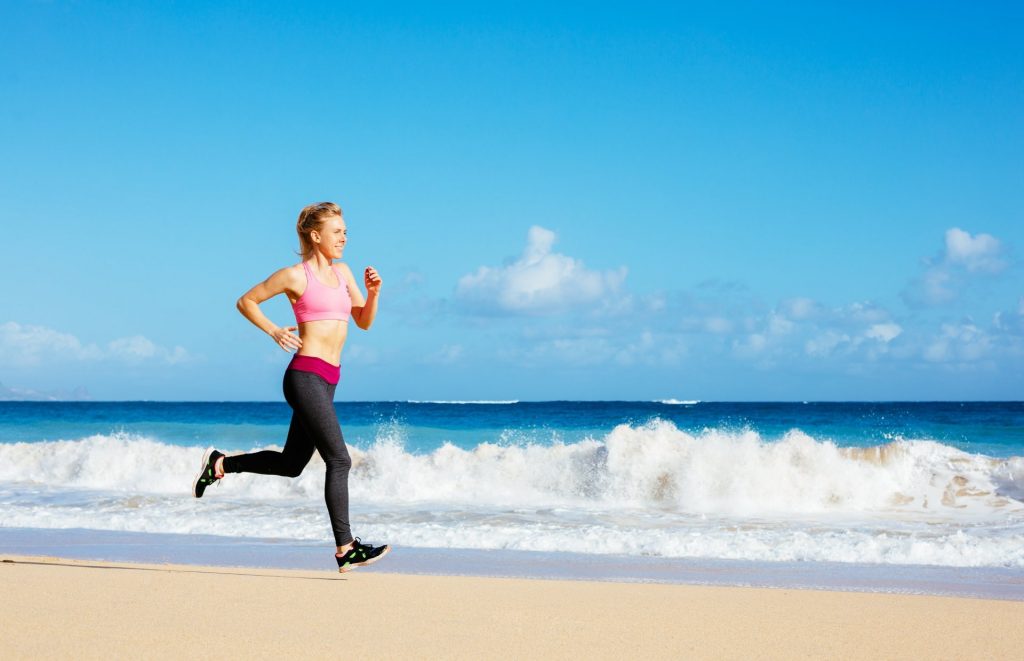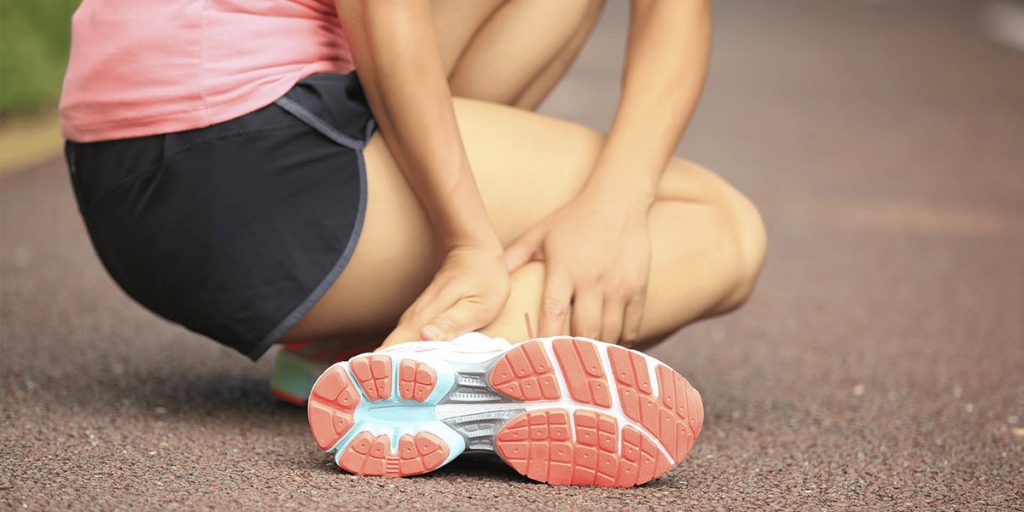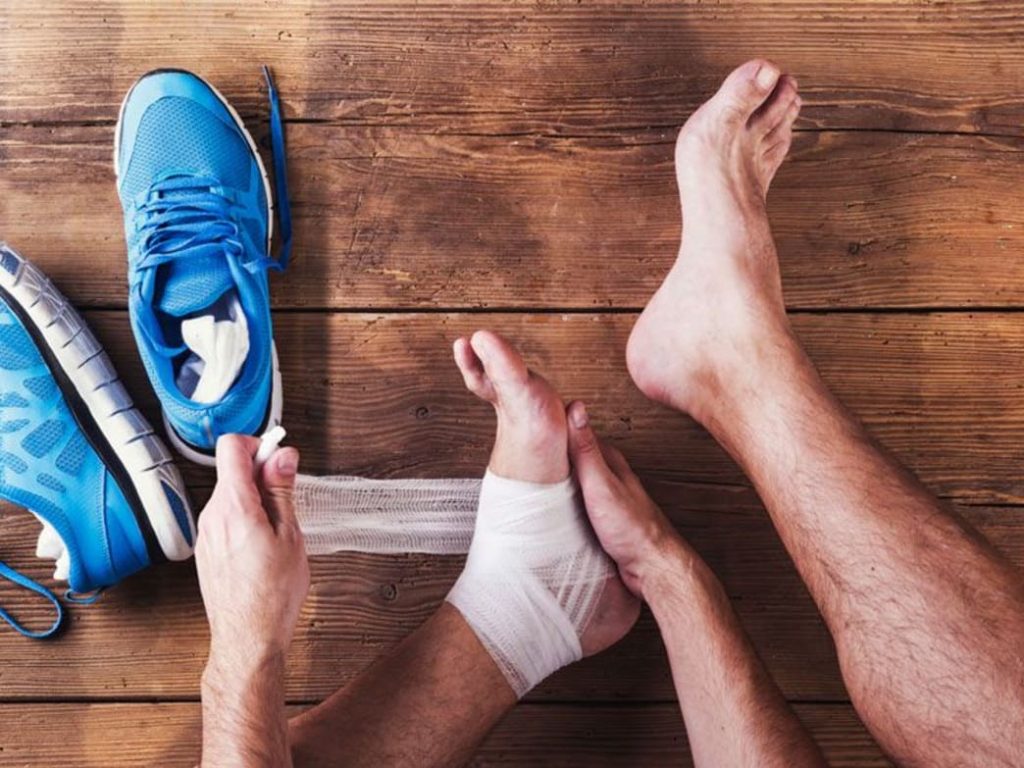Running is a sport that requires strength, stamina and flexibility. It’s a great way to stay fit, lose weight and burn calories. Get started with an easy to follow guide on running!
What is running?
Running, jogging, running, or jogging are some of the terms most used today to refer to continuous running, the act by which the feet alternately touch the ground at a higher speed than when walking. This discipline, in principle, can be practiced by anyone and is usually done outdoors. In recent years, the number of people who have joined running has increased considerably due to the physical and mental benefits it brings to the body.
Health benefits

There are many advantages of this sports practice compared to leading a sedentary life. Among the main ones, the following stand out:
- Reduces the possibility of contracting diseases: Running regularly reduces the risk of developing hypercholesterolemia, obesity, hypertension, or type 2 diabetes. In addition, it also reduces the risk of suffering from strokes, breast cancer, or osteoporosis, among other pathologies.
- Improves health: Other benefits associated with running are the improvement of the immune system and the cardiovascular system, the stimulation of lung capacity, the acceleration of metabolism, or it raises of good cholesterol levels. On the other hand, it also reduces the risk of blood clots.
- Strengthens the bones: Impact exercise, such as running, helps the bones to strengthen and increase their density, which prevents osteoporosis.
- Helps combat anxiety and stress: When running, endorphins are secreted that improve the mental attitude of the runner and help the athlete deal with problems such as anxiety.
- Helps control weight: The caloric burn that takes place in running helps increase the caloric expenditure of the day and promotes weight loss or maintenance. If the athlete’s goal is to lose weight, specialists recommend combining exercise with a good diet.
- Fight against cellulite: Running helps reduce body fat, even the one that accumulates, generating cellulite.
- Tones: Running not only tones and strengthens the legs. The arms, abdomen, and back also benefit.
- Helps to rest better: The effort of the race and the activity of the day favors that at night it is easier to fall asleep.
- Increases self-esteem: If done frequently, setting goals and achieving them and the physical improvements the body suffers can increase the runner’s self-esteem.
Possible risks

In principle, running is a sport suitable for everyone, but running can affect the cartilage of the load-bearing joints and the spine, among others. To avoid adverse health impacts, it is advisable to consult a specialist before starting, mainly if any of these situations occur:
- Major structural injuries to the feet.
- Spinal column injuries include advanced spondylolisthesis (vertebral displacement), significant osteoarthritis, vertebral instabilities, or severe scoliosis (lateral deviations).
- Serious cardiorespiratory problems.
- Load-bearing joint injuries that affect the articular cartilage, such as the hips or knees.
In case of doubt, it is advisable to go to a specialist who informs us of the possible risks that this activity entails for our health, as well as the warm-up exercises or the most appropriate equipment to run safely.
Avoid injury

When starting to run, it is advisable to follow a series of recommendations to avoid injury. In addition, the type of clothing, the position of the body while practicing sports, and especially the shoes will influence to avoid problems. Some aspects to take into account are:
- Before starting to run, always warm up.
- Avoid asphalt and run preferably on gravel or dirt.
- Maintain good posture and relaxed shoulders while running.
- If you are going to run regularly, it is convenient that the shoes have cushions and that they are changed when the user is close to 550 kilometers.
- Maintain good hydration before and after the sports routine.
- Do not exceed the duration and intensity of training.
- Stop the instant you start to feel pain.
- If you have any joint injury, changing to a sport that does not impact said joint is advisable.







Leave a Comment